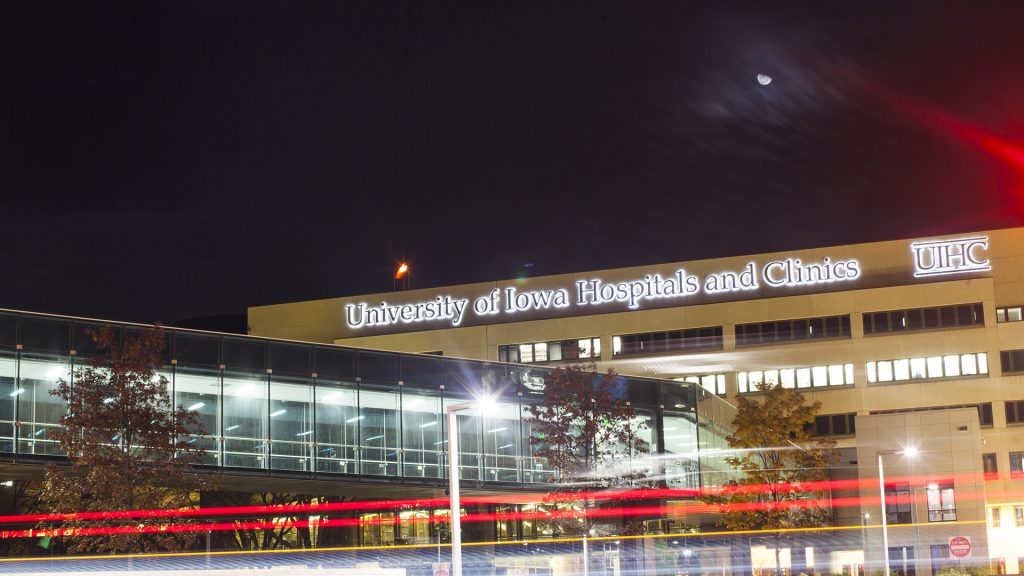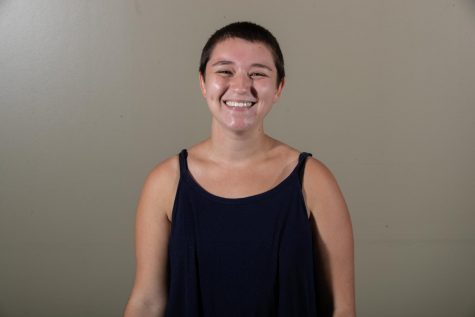A study published Jan. 24 involving University of Hospitals & Clinics extends the time for treatment of some stroke patients to much longer than previously thought.
The UI Comprehensive Stroke Center, along with 37 other clinics, found certain patients suffering from a stroke can be treated up to 16 hours after the event. The previous time was just six hours. These findings come from a two-year study called DEFUSE 3.
This is only one of many studies the Stroke Center is a part of as one of 25 Regional Coordinating Centers for StrokeNet, a network of hospitals doing research on stroke care.
The population of patients who can be treated with DEFUSE 3 is very small. Only around 1 percent of stroke patients qualify, steering committee member Professor Colin Derdeyn said. That means for 99 percent of stroke patients, speed is integral to effective treatment.
RELATED: UI Stroke Center recognized by national group
“Even if those patients … can receive treatment later successfully, the majority can’t,” Stroke Center Director Enrique Leira said. “It’s important that it’s the sooner the better for stroke care, and we need to move fast for everybody.”
This group of patients is identified by two methods: clinical and physical examination.
The clinical method looks at images from a CAT scan to check for bleeding, assesses the amount of dead tissue in the brain, and determines the time since the stroke occurred.
If the stroke occurred many hours before, but there is still a large amount of salvageable tissue, then the patient can be treated. The physical examination checks for impaired movement and speech — if patients have major impairments, then they qualify for the treatment.
Endovascular thrombectomy, the treatment tested with the extended time period in this study, involves running a tool through the veins to physically remove the clot, said Santiago Ortega-Gutiérrez, leading physician and principal investigator for the study.
With some of the patients, Derdeyn said, their condition would improve immediately after treatment, which makes the work very rewarding for him.
For every two patients in this study, one was treated successfully and came out of it with little to no impairment. This ratio is amazing compared with other treatments, Ortega-Gutiérrez said, where the ratio is more like one to 20.
RELATED: Research takes aim at strokes using cells
“They’ll come in unable to speak or move … then you get the clot out and they start talking and moving on the table,” Derdeyn said. “I’ve never seen anything like it.”
The UI clinic was No. 1 in enrollment for this study, which Derdeyn, Ortega-Gutiérrez, and Leira said was possible because of the network of community hospitals providing candidates. At the UIHC, 182 patients were treated, around 10 to 15 percent of the sample population.
“Iowa really participated in the advancement of the field, and we are very grateful for all the patients who agreed to participate … ” Ortega-Gutiérrez said. “This is going to be a landmark study that is going to allow us to help thousands and thousands of patients in the U.S.”
Along with other studies in this area, Derdeyn said, he’d like to focus on ways to help the brain recover and work with community hospitals to more quickly determine who should and shouldn’t get this treatment. That way, the patients won’t have to waste precious time being moved if they don’t need to.












